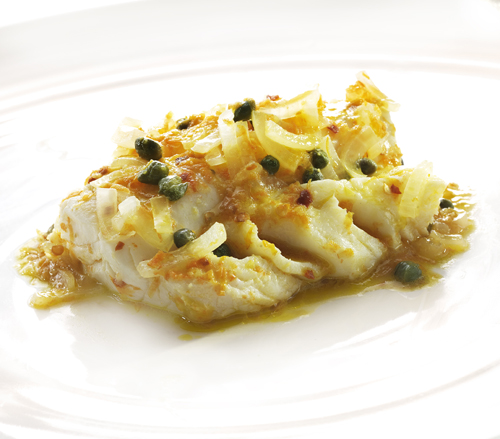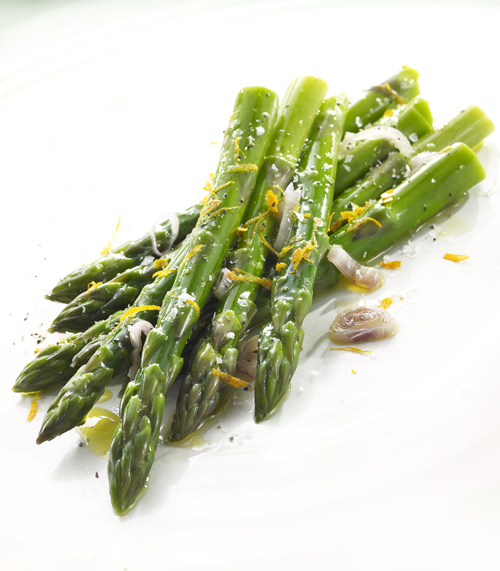 My Aunt Jean used to tell me, while feeding me split pea soup for lunch as a child, “It will put hair on your chest”, a metaphor for making me grow up big, strong and healthy. Only now do I realize what ancient wisdom she was imparting to me at my young age. Pea flour has been manufactured and sold through a few small producers for some years, albeit somewhat unsuccessfully. Lack of consumer education and insufficient known ways to use the product made for limited sales. When I heard about what Churchill Global International is doing with pea flour, I was compelled to research the current availability, usage and health value of any pea flour thoroughly, for myself.
My Aunt Jean used to tell me, while feeding me split pea soup for lunch as a child, “It will put hair on your chest”, a metaphor for making me grow up big, strong and healthy. Only now do I realize what ancient wisdom she was imparting to me at my young age. Pea flour has been manufactured and sold through a few small producers for some years, albeit somewhat unsuccessfully. Lack of consumer education and insufficient known ways to use the product made for limited sales. When I heard about what Churchill Global International is doing with pea flour, I was compelled to research the current availability, usage and health value of any pea flour thoroughly, for myself.
I first started expanding my notions of the health value of peas in general. Through my research I found the main advantages of peas:
*Lower cholesterol levels significantly with their soluble and insoluble fiber
*Regulate blood sugar stability through their low glycemic index
*Reduce cancer risk through their richness of isoflavones and other
phytonutrients
*Isoflavones, a plant estrogen, helps reduce hot flashes in menopausal women
Here is an excerpt from the American Cancer Society:
“Phytonutrients or phytochemicals are plant compounds like carotenoids, lycopene, resveratrol, and phytosterols that are thought to have health-protecting qualities. They’re found in plants such as fruits and vegetables, or things made from plants, like tofu or tea. Phytochemicals are best taken in by eating the foods that contain them rather than taking supplements or pills.”
In my search to find pea flour for my recipes I found brands of green pea flour online, though not a single yellow pea flour. I could not find any pea flour sold in any store in New York City, a city where you can find practically every food item or ingredient from anywhere in the world. Even online, Bob’s Red Mill website was out of stock. Further online searches revealed that Barry Farm offered green pea flour for $7.25 a pound with a shipping fee of $10.75. As a chef and food stylist, my biggest obstacle for using their expensive pea flour for my recipes is that green pea flour would make an unsightly and unappetizing looking meal. Churchill Global’s yellow pea flour is made from non-GMO organically and sustainably grown peas from their veganic farm. Then sprouted and dried, the split yellow peas are milled into pea flour and pea protein powder.
What is a veganic farm and why sprout the peas before milling?
A veganic farm uses no chemicals, and houses no livestock. If peas touch the soil where animal manure is present, they are susceptible to contamination from Hemorrhagic Escherichia Coli, Salmonella and Listeria. Cleator Farms is listed as a veganic farm by One Degree Organics. There are always some chemicals almost anywhere you farm, due to rainfall, spray drift from outside sources, and birds flying overhead. The use of shelter-belts (wind breaks such as trees) and rotation management minimizes the contamination. One principle cause of contaminates on most other farms in North America is glyphosate (Round-up from Monsanto is one example). Cleator Farms boast an extremely low level of chemicals, especially glyphosate, on their land. Their levels of glyphosate are consistently measured to be 5 parts per billion. The permitted level in Canada is 5 parts per million. The US tolerance is 30 parts per million.
Why is the use of sprouted peas and grains important to health and nutrition?
You may have seen a variety of sprouted grain breads and baked products in the market over the last two decades. It has long been known that sprouting legumes, grains, nuts and seeds increases their digestibility in the human body. Sprouting is described as a pre-digestive step.
The benefits of using sprouted peas before drying and milling are many fold.
• Increases nutrient absorption of vitamin B12, calcium, iron, and zinc
• Makes wheat easier to digest by breaking down gluten
• Decreases phytic acid, an antinutrient which inhibits digestive enzymes
• Decreases lectins and saponins which can cause leaky gut syndrome, auto
immune disorders, gastro-intestinal upset, joint pain and rashes
• Increases folate levels in grains up to 3.8 fold
• Increases protein digestion
• Increases fiber content
• Helps reduce allergens found in grains
Churchill Global International eliminates any danger of post sprouting bacterial contamination, which can be responsible for food poisoning. One method by which this is achieved is using US manufactured equipment to sprout and dry the pea flour, all in one machine. This is an important safety step in processing any sprouted product.
In searching for a superior choice of super food infused goodness for my exquisite Sweet Potato Pecan Pancake recipe, I found much more than I had bargained for. I found a pea flour education. I also found that Churchill Global’s yellow pea flour is not yet on the market for retail sale, but they hope to have it available in the future. I wrote to Mr. Winston and asked him if I could get samples in order to test my pancake recipe. I am happy to present to you a photo of the fruits of my quest.
My recipe for Sweet Potato Pecan Pea Flour Pancakes with a Maple Yogurt Goat Cheese Sauce is graced with just the right amount of sweetness to tickle your fancy. It has lots of fiber and nutrients from the delicious wholesome ingredients and makes an impressive presentation when topped with your favorite fruits.
Sweet Potato Pecan Pea Flour Pancakes with Maple Yogurt Goat Cheese Sauce
Ingredients:
• 3/4 cup baked sweet potato, mashed without skin, about an 8 oz. potato
• 3/4 cup plain Greek style full fat yogurt
• 1 cup cashew, almond or coconut milk
• 2 large or 3 medium eggs
• 3 tablespoons coconut sugar
• 1 tablespoon coconut oil
• 1 teaspoon cinnamon
• ½ teaspoon freshly grated nutmeg
• ½ teaspoon pure vanilla extract
• 1¼ cups yellow pea or chick pea flour
• ¼ cup white rice flour
• 2 teaspoons baking powder
• 1 cup toasted chopped pecans or walnuts, reserve half for garnishing
• Coconut, peanut or grape seed oil for pancake griddle
Maple Yogurt Goat Cheese Sauce
• ¼ cup soft young goat cheese, room temperature
• ¼ cup plain Greek style whole milk yogurt
• 2 tablespoons pure maple syrup
• 2 tablespoons dark rum or cognac
• Warm water or nut milk to thin the sauce to your desired consistency if
necessary.
Instructions
For the Pancakes
- In a large bowl whisk together all the wet ingredients until well combined.
- In a second bowl, sift together the dry ingredients except the nuts.
- Stir the nuts into the sifted dry ingredients.
- Heat the pan or griddle on medium heat, lightly brushing with oil between pancakes.
- Cook for 3-4 minutes until the bottom of the batter seems browned and firm.
- Flip the pancakes and cook for them for another 3-4 minutes.
- Repeat with the rest of batter.
For the Sauce
- Whisk all the ingredients together until smooth and satiny.
- Serve the pancakes topped with the sauce.
- Top each dish with fruit and sprinkle with the reserved nuts.
Recipe Notes
1. Keep the finished pancakes in a 200 degree F oven while finishing the rest.
2. Thin the sauce with warm water or nut milk if desired.
3. Use fresh mixed berries in season or sliced stone fruits such as nectarines
and plums for topping the pancakes.
If you cannot get pea flour you can substitute 1 1/2 cups red fife wheat flour or all-purpose flour for the pea flour and rice flour combination.

